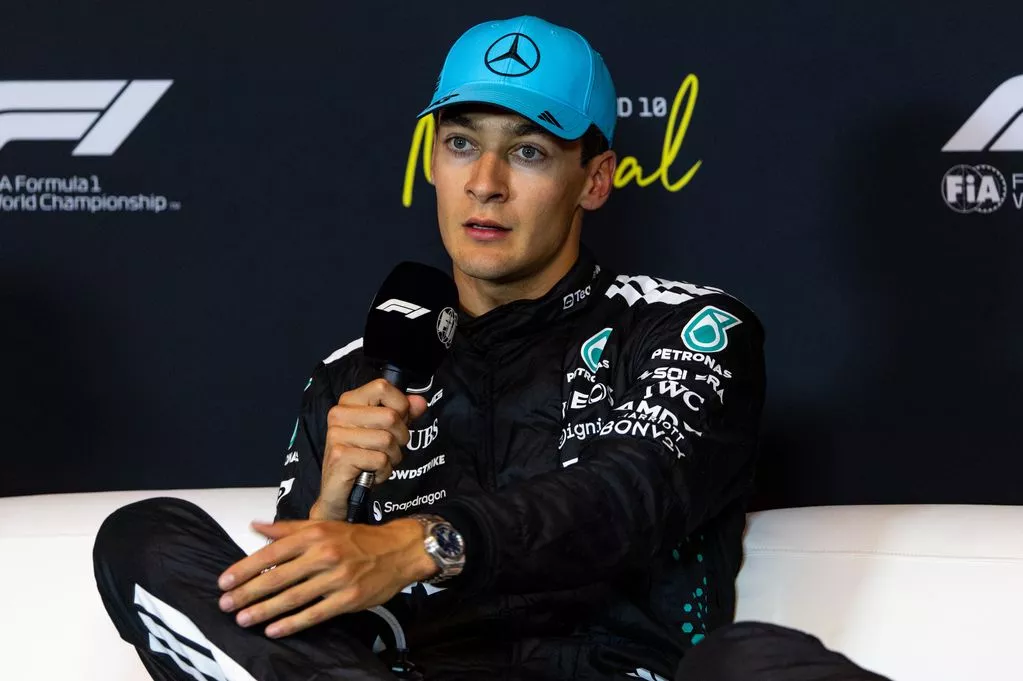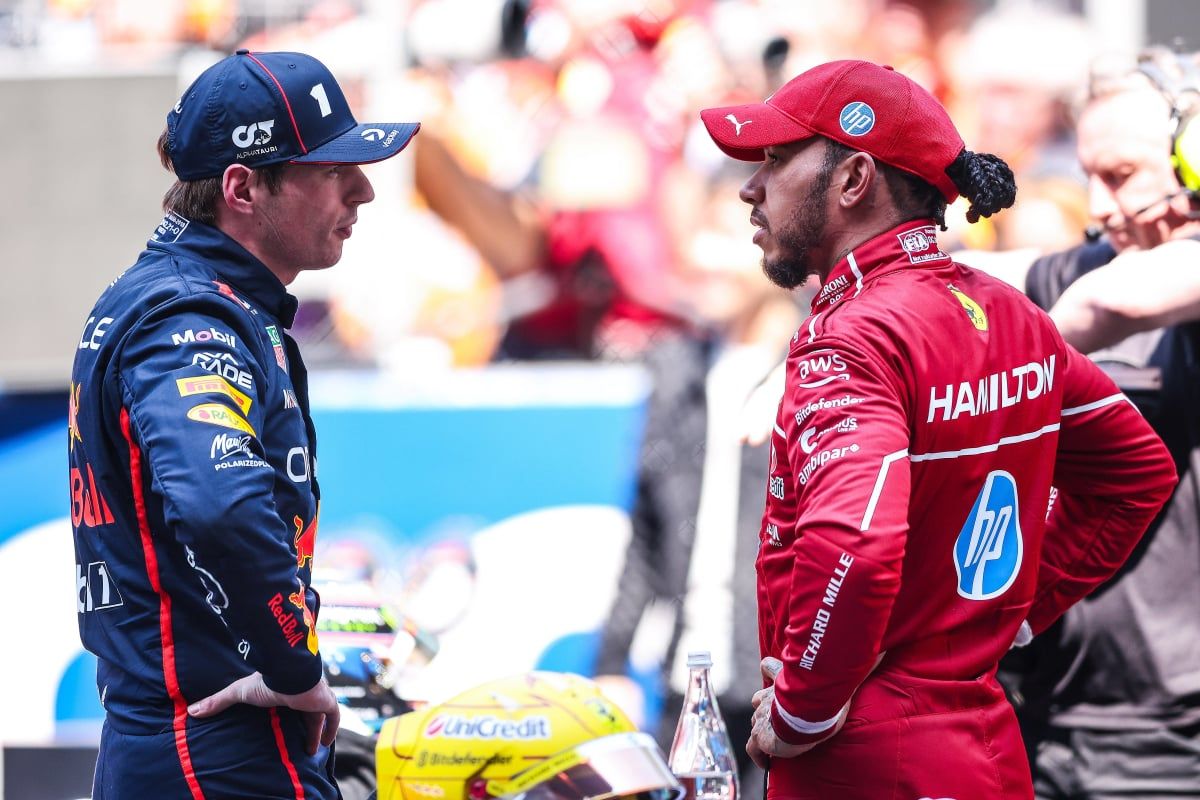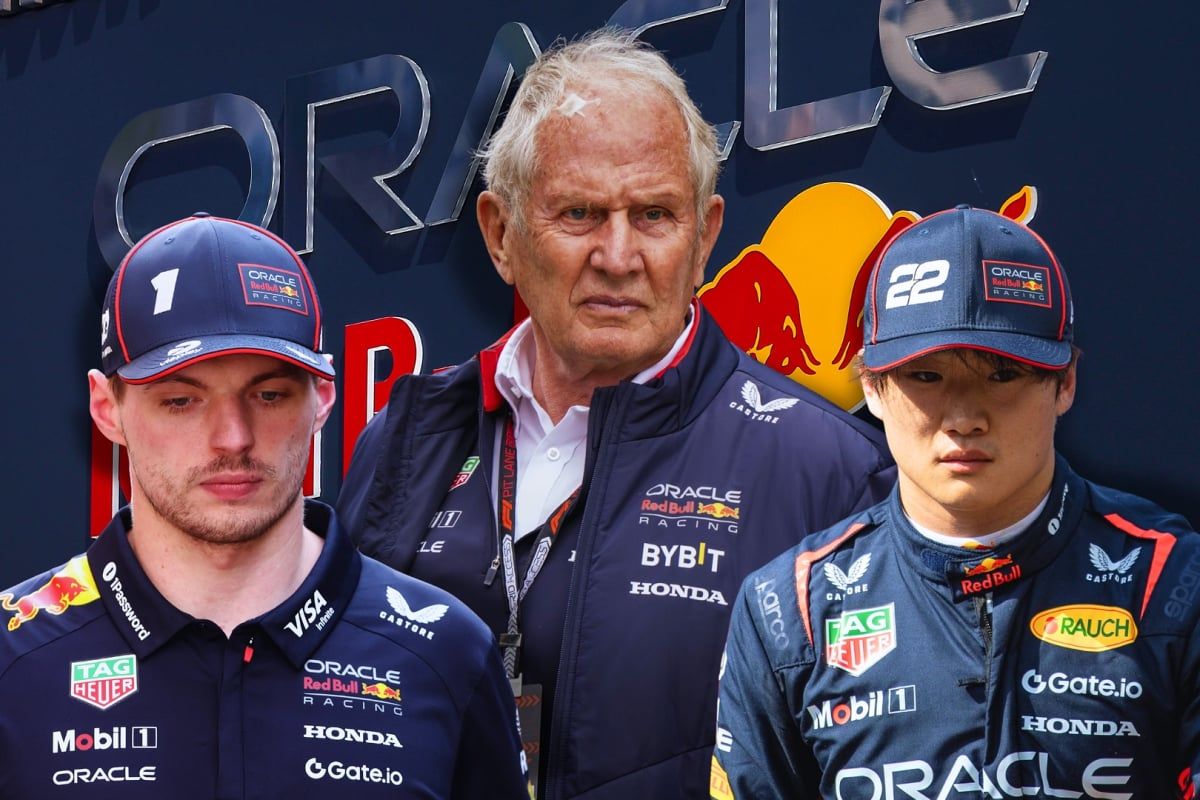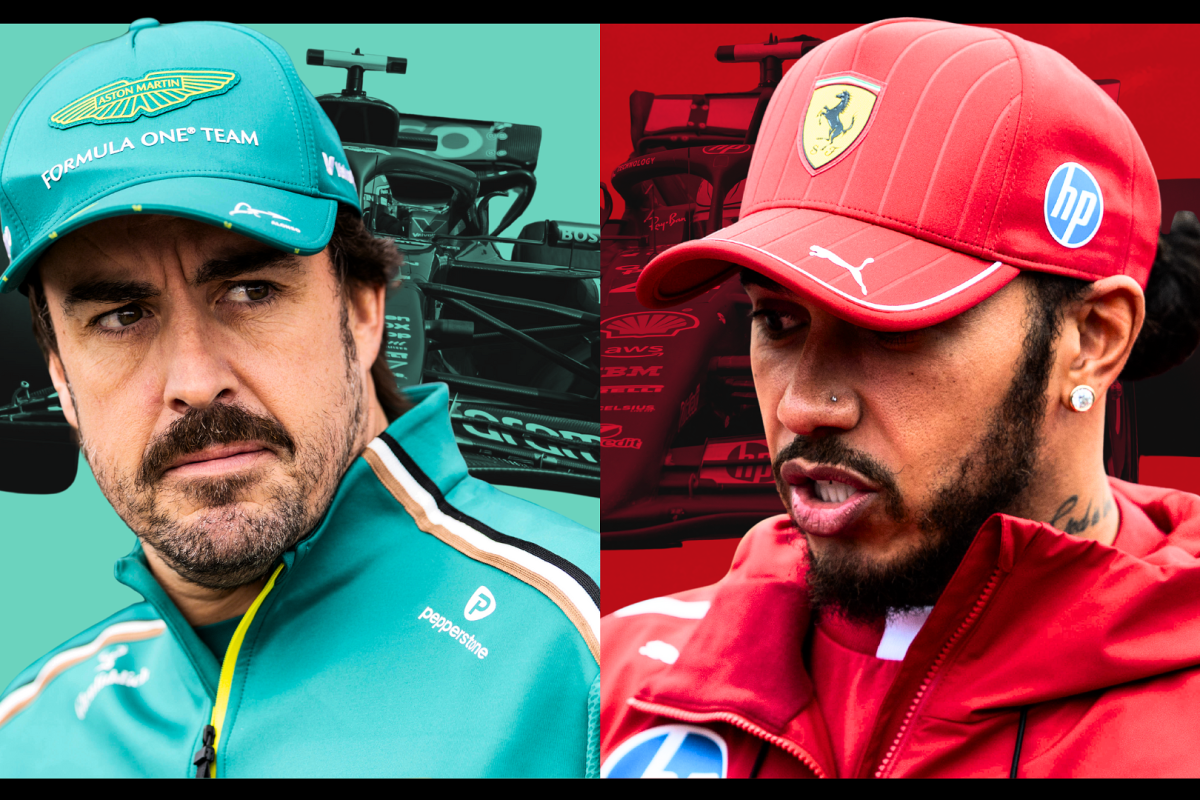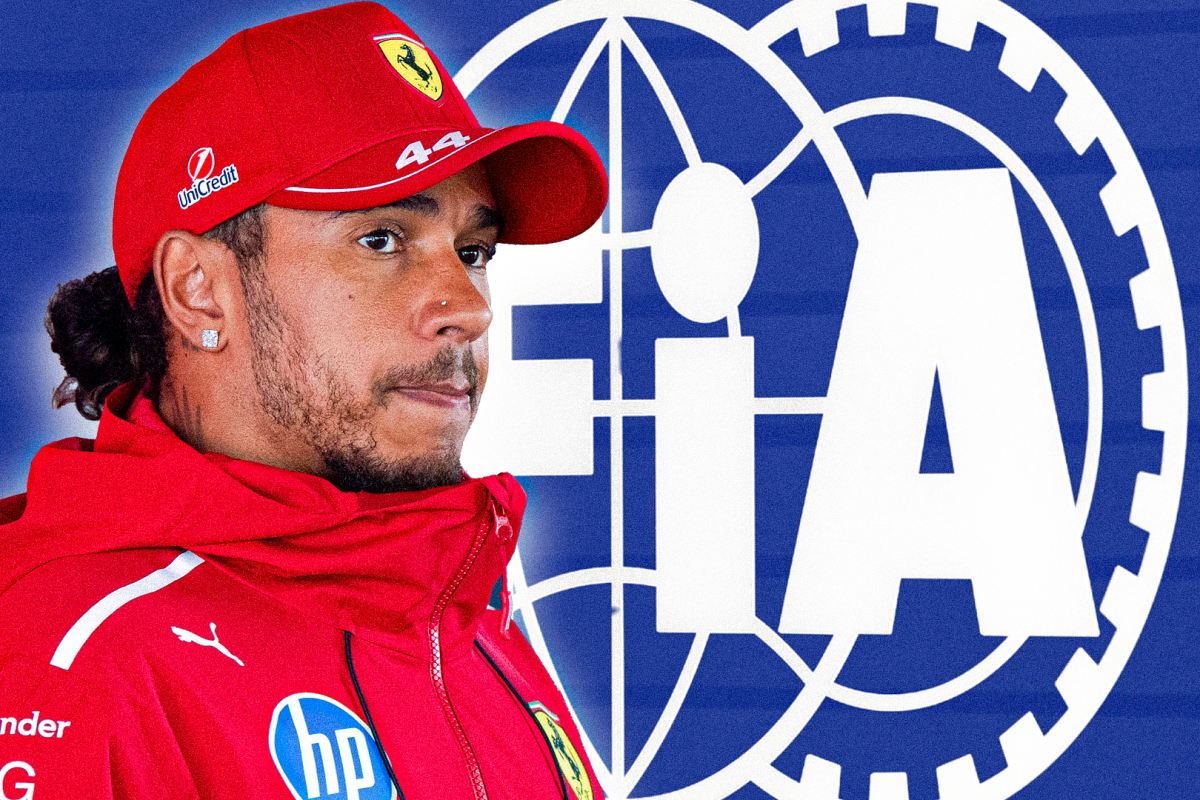George Russell’s Irate Radio Message Sparks Controversy: Analysis of an “Unnecessary” Dig a… read more
George Russell, the Mercedes driver, found himself at the center of a post-race controversy following a heated radio exchange during the recent [Insert Race Name and Date Here] Grand Prix. His outburst, captured on team radio and subsequently widely circulated on social media, involved a pointed and expletive-laden criticism directed at [Insert Name of Driver], provoking significant debate within the Formula 1 community about sportsmanship, team dynamics, and the pressures of high-stakes competition.
The incident unfolded during [Describe the specific race situation – e.g., a late-race battle for position, a safety car period, an overtaking maneuver]. Russell, fighting for [Explain Russell’s position and objectives in the race], found himself impeded by [Describe the other driver’s actions that provoked Russell’s anger – e.g., a late braking maneuver, a defensive driving tactic, a perceived lack of racing etiquette]. The culmination of this on-track tension manifested in Russell’s explosive radio message, where he used highly inappropriate language to express his frustration. The exact transcript, though varying slightly depending on the source, generally included the phrase “What the f*** are you doing?” and other similarly strong expressions.
The immediate fallout was swift and widespread. While some commentators and fans sympathized with Russell’s frustration, highlighting the intense pressure and high stakes involved in Formula 1 racing, many others criticized his unprofessional conduct. The use of expletives, particularly given the global audience and the young viewers of the sport, was deemed unacceptable. Critics argued that even under immense pressure, a professional athlete representing a major team should maintain composure and exhibit better sportsmanship. The argument was made that Russell’s outburst was not only unprofessional but also unproductive, potentially damaging his relationship with his fellow driver and impacting team morale.
The controversy extends beyond the immediate incident. Analysis reveals several layers to the situation. Firstly, there’s the question of whether Russell’s frustration was justified. [Provide a detailed analysis of the racing incident, including replays and expert opinions. Did the other driver make a mistake? Was Russell’s reaction disproportionate to the situation? Consider the rules of racing and the context of the incident]. This aspect is crucial in determining whether Russell’s anger was a justifiable outburst under immense pressure or an overreaction to a relatively minor incident.
Secondly, the incident raises questions about team communication and strategy. Had Russell expressed his concerns more professionally through the proper channels within the team, rather than resorting to a public outburst? Could the team have better managed the situation to avoid such a heated exchange? The lack of immediate on-track intervention by race control also raises questions about the effectiveness of officiating and whether such expletive-laden communication from drivers should warrant penalties or official reprimands.
Thirdly, the media’s role in amplifying the incident needs consideration. The rapid spread of the audio clip on social media highlighted the power of instant communication and the potential for even brief moments of anger to have far-reaching consequences. This amplified the debate, turning a private team radio message into a major public relations challenge for both Russell and the Mercedes team.
In conclusion, George Russell’s outburst represents more than just a moment of frustration; it’s a microcosm of the intense pressures faced by Formula 1 drivers and the complex dynamics within a team. While sympathy might be extended for the immense pressure of competing at the highest level, the unprofessional manner of his expression cannot be overlooked. The incident serves as a reminder of the importance of maintaining composure, even in the face of adversity, and the need for professional communication, both within the team and with fellow competitors. The lasting impact of this “unnecessary dig” will likely continue to fuel discussion about sportsmanship, accountability, and the evolving nature of public perception in the highly scrutinized world of Formula 1 racing. The incident also underscores the need for ongoing education and training for drivers regarding appropriate communication and conduct on and off the track.
